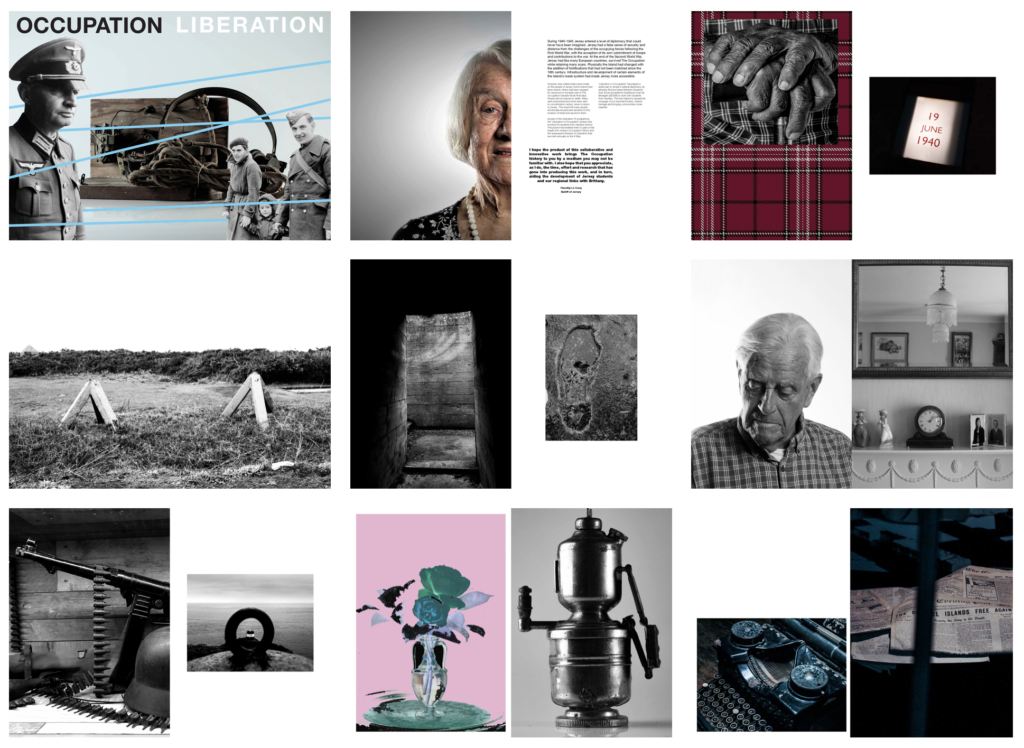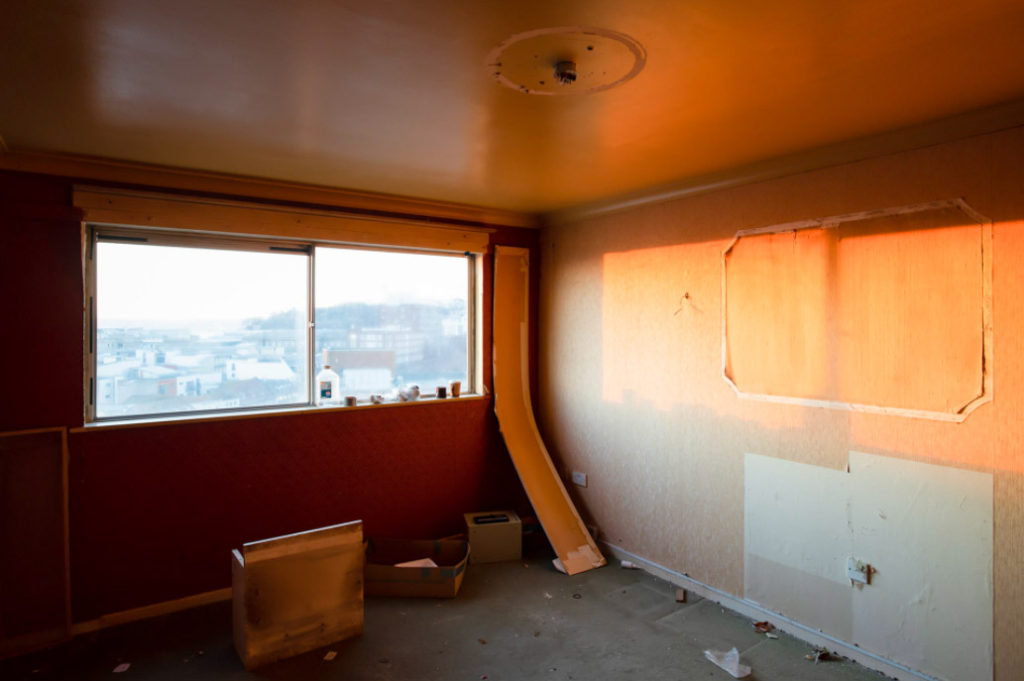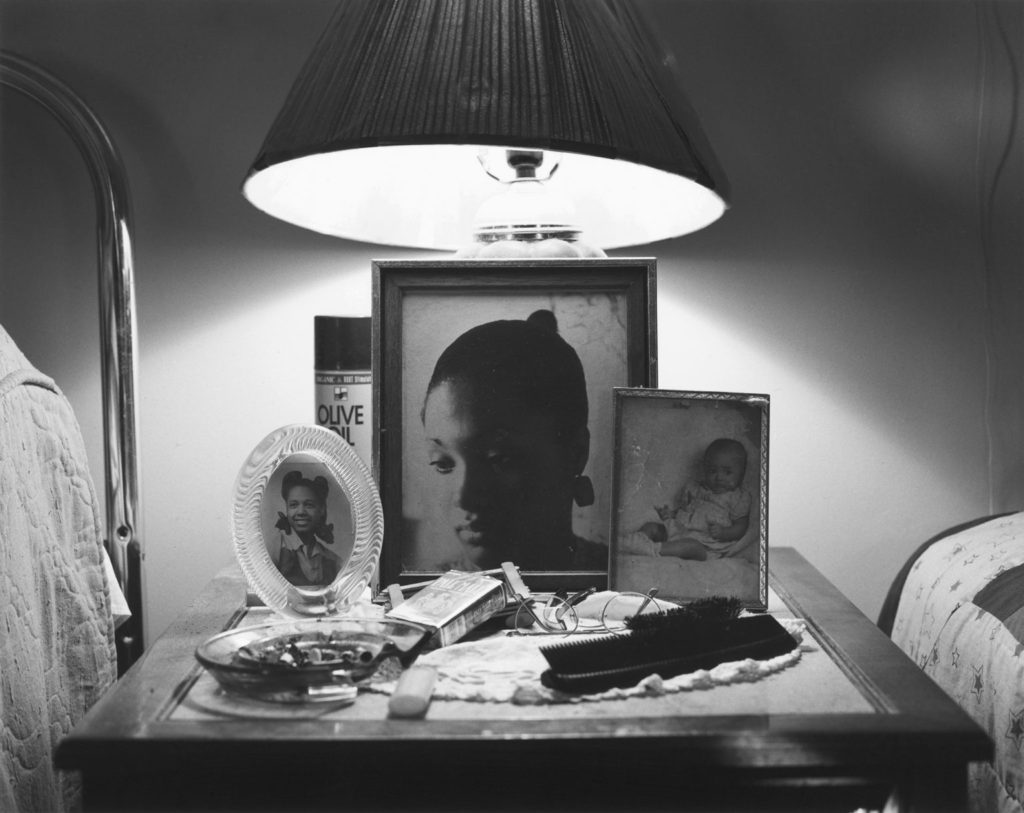IDENTITY & COMMUNITY
For the first part of our new project we will focus on a sense of people and place in relation to how St Helier has developed in response to migrant settlements in the past and present.
The learning outcomes for students are to:
- Gain historical insight of waves of immigration in Jersey; how it impacted the economy and contributed to the island’s unique identity.
- Learn about individual stories and how different migrant groups enriched Jersey’s cultural diversity and ethnicity.
- Explore geography of St Helier townscape in a series of photo walks through historical and contemporary migrant communities and neighbourhoods.
Week 1-3: 7 – 28 June
Practice: Photo-Assignment 1: Migrant Communities in St Helier
Theory: Research migrant history of Jersey
Deadline: Complete Task: 1 – 4 by 28 June
1 RESEARCH > ANALYSIS
Write 300-500 words and produce a thorough and detailed blog post with text, images and hyperlinks that reflects on your visit to Jersey Museum to see the exhibition: People Make Jersey.
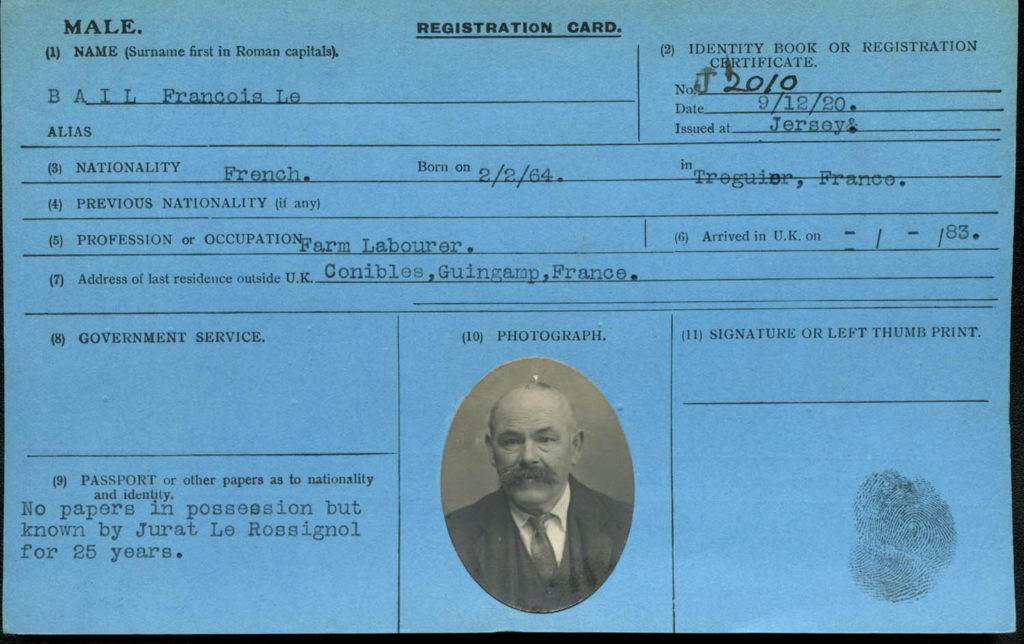


Temps Passe French Workers 1955 Pictured in June 1955, three French girl workers with the baskets of potatoes they had just picked on a local farm. Reading from left to right, they are Ginette, Therese and Therese 11 Pic taken Wednesday 8th June 1955 Report (pic and caption only) in JWP 18th June 1955 page 4 and JEP 8th June 1955 From Agriculture box 4, glass plate 2, page 20 in book (Jersey potatoes, Jersey Royals, potato picking, immigrant workers, farm workers, farm labour) REF:01563136 Fifties 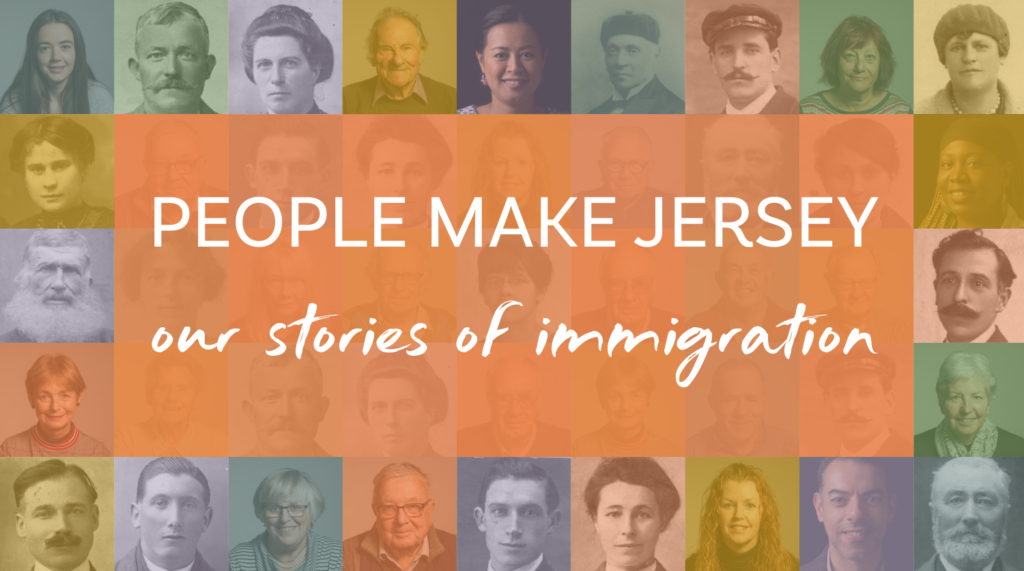

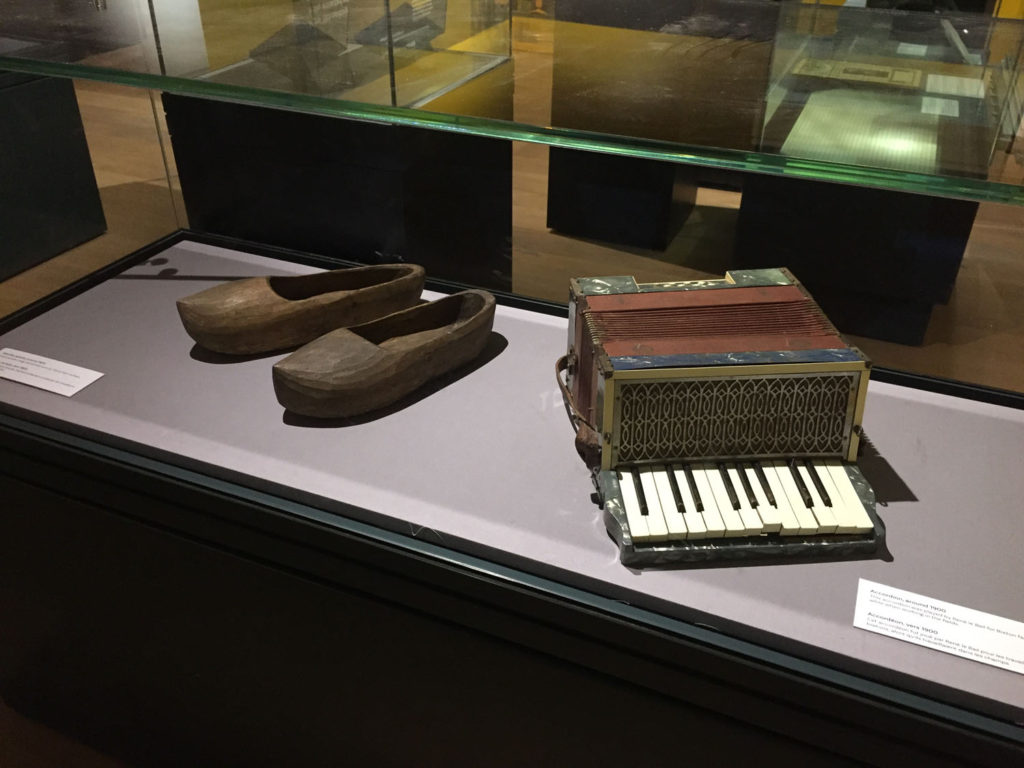
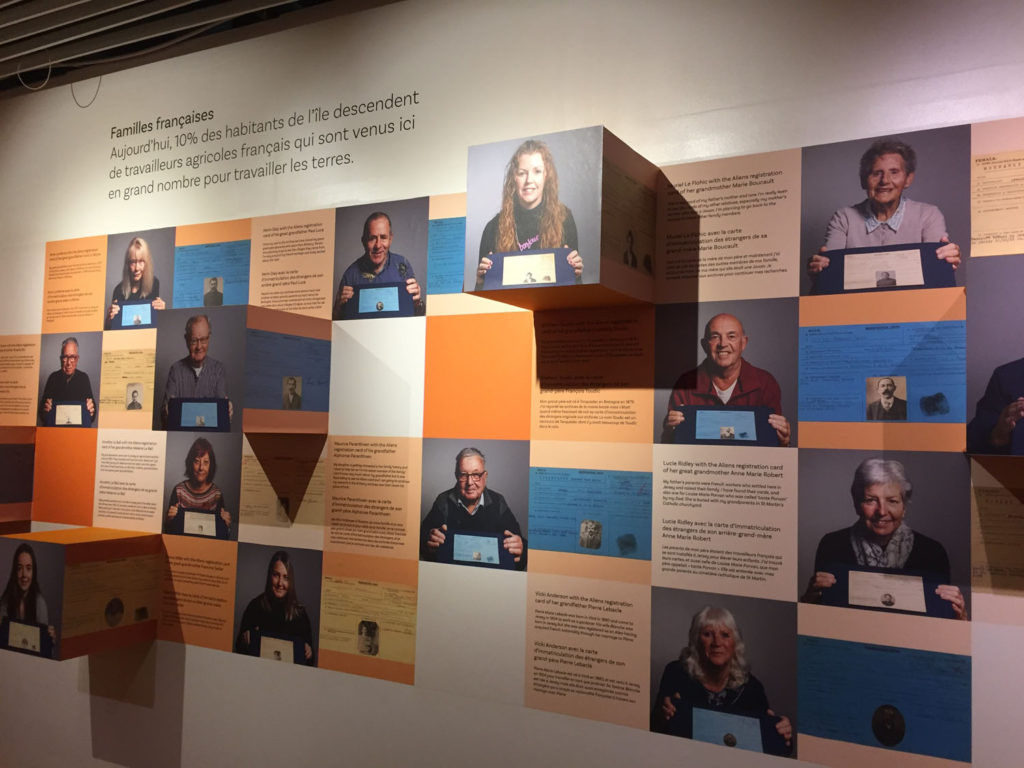

TEMPS PASSE WELSH GIRLS 1946 WELSH GIRLS HERE FOR TOMATO PACKING MOTTO “WALES FOR EVER” (JWP 31ST AUGUST 1946) (FROM PORTRAIT BOX 4, PAGE 25 IN BOOK) REF:00004190
Try and focus on one particular theme of the exhibition that roused your curiosity and interest. For example religious/ political refugees, economic migrants that arrived to support new industries such as oyster fishing, ship building, construction and agricultural workers, or tourism and recently finance. In addition you could also focus on different ethnic groups or social classes that settled, for example French (mainly from Normandy and Brittany), Irish, Welsh and Scottish, Italian, Spanish, Portuguese and Madeiran, East Eurpeans (mainly Polish and Romanian), Africans and people from the Far East (currently there are agricultural workers from the Phillipenes employed in potato growing). By far the largest group of immigrants to Jersey are British, historically diplomats and expats from the English colonies, military officers and professionals employed in the legal and financial services sector. For centuries wealthy residents have also arrived and today Jersey continues to grant special permits to rich residents, classified as High Net Worth Individual or HNWIs – see Locate Jersey and Jersey Finance for more information. Remember Stuart Fell’s walk and talk around St Helier’s historical town center pointing out how some of these wealthy residents influenced architecture and the build environment.
The exhibition states;
‘Every Jersey resident has an immigration story – whether their family came here 500 years or five years ago. This exhibition explores some of these stories and the ways in which immigration has shaped and influenced the Island we know today.’
Reflect on this statement and find personal connections, where relevant by speaking with members of your family or close knit group of friends. Perhaps your family are economic migrants and/ or you have ancestry from different ethnic minority groups.
Here is a data base of information and different papers on the size and structure of the Jersey population and of migration to and from the Island.
Family History is a journey through our past in which we use archive records to meet the ancestors who have shaped not just our features but also our personalities, values and everyday lives. Learning more about our forbearers or the place in which we live allows us to make a real connection to the past and sometimes understand more about our present circumstances.
On these pages you can get a flavour of Jersey’s migrant history, why people came to Jersey and why people left and what effect that had in Jersey. Why people left Jersey for Australia in the 19th century, how the cod fishing industry in Canada had an impact on Jersey’s population and why workers from the UK were essentail to Jersey’s economy.
For more detailed research please visit our Archive and Collections Online or visit the Jersey Archive.
Some information for this site has been re-produced and adapted from Mark Boleat’s Jersey’s Population – A History, which is available to buy from the Société Jersiaise.

You can read more here about the different waves of immigration to Jersey at Jersey Archive.
There are also individual Migrant’s Stories that may be of interest, such as Edouard Alho who was one of the first Portuguese workers to come to Jersey in 1934 from Madeira to work as a waiter and then a head waiter at the Merton Hotel. In the war years he returned to Portugal, but came back to Jersey in 1948 and married a local girl, Betty. During the 1950s and 60s he saw Jersey tourism grow and the Merton become the largest hotel in the Channel Islands. Edouard retired in 1984, after 50 years service at the Merton Hotel.
For those who want to extend their research and begin to look into your family history, visit Get Started – Jersey Archive
At the exhibition there was a wall which explained how certain typical Jersey surnames originated from. See here for a broader list of names at Jersey Archive. Local Historian, Doug Ford has also written a document: From Langlois to De Sousa – A History of immigration into Jersey, which is worth reading.

House History, here is information how you can research the history of a house.
Jersey Emigration – as an extension you can also find stories and inspiration from those people who left Jersey to find happiness and success elsewhere. Perhaps you have family member, or know of someone who left?
2. ORGANISE > RECORD
On your Media:drive create a new project folder: IDENTITY & COMMUNITY. Inside this folder create a new sub-folder: PHOTO-SHOOTS and save images from your shoot in St Helier.
In Lightroom repeat the same process as above by creating a COLLECTION SET: IDENTITY & COMMUNITY and a COLLECTION: SHOOT 1 inside the collection set above. Don’t begin to do any editing or developing until this is done!
3. EDIT > DEVELOP
In Lightroom use Library mode to edit a set of 12-16 images in three stages by first using P (pick) and X (reject), then star rating and finally colour coding. Use Compare View (two images) and Survey View (3 or more images) and produce screen prints of your editing process.
In Develop mode select your final set of images and show experimentation with:
Cropping – produce variation of cropping the same image (at least 3 different crops) to change the emphasis.
Colour – adjust the image using WB (white balance), Exposure, Contrast, Highlights, Shadows, White, Blacks. Use Adjustment Brush, Gradient Filter and Spot Removal where appropriate.
Monochrome – Follow the same procedure as above with Colour but in Black & White mode.
UPDATE > Here are instructions on how to use, if necessary: LIGHTROOM-CHECKLISTDOWNLOAD
BLOGPOST – for each of the above experiments make sure you produce a blog post with screen prints of the process and export a version of your adjusted image as a JPEG in 1000 pixels to be uploaded onto your blog post with annotation.
INDEPENDENT STUDY: HOMEWORK
PHOTO-ASSIGNMENT 1: 3 shoots in 3 weeks
MIGRANT COMMUNITIES in ST HELIER
– a sense of place
– character of community
– people – portraiture
DEADLINE: Mon 28 June
The assignment is for you to produce another 3 shoots in the next 3 weeks and continue to make photographic responses to historical and contemporary migrant communities and neighbourhoods in St Helier. You can decide to revisit some of the areas that we explored on our group walk last Mon 7 June or choose a different location, site or environment.
The main task is to make more images for your project and develop a sense of discipline and rigour. In most photography, especially within documentary practice it is paramount that you spend time developing a deeper understanding of your subject through research and speaking with people in the community that you are working in. It’s important to develop a relationship and gain their trust which comes from taking your time listening and collaborating.
For this task try and spend at least 1 hour per week visiting the area you have chosen. Walk around slowly, explore the forgotten or overlooked and make images in response to what you see, feel and experience. Use some of the techniques we practised as a group when approaching people for a portrait. The best approach is to introduce yourself (a Hautlieu A-Level photography student) and be honest about your intentions (these images are for my photography project on Identity and Community etc). If you demonstrate that you take an interest in someone it will often pay dividend in producing a better image. You might also learn something about them and the area that you are in. It is also likely that they will introduce you to others or tell you a story that will add meaning or context to your photographic work.
For some of you it may be more appropriate to explore something closer to home, for example if your family are living in a community of migrants, have a business, or work in a sector which in some ways are connected to a particular area or industry. It may also be that you have a job that are linked to a specific profession that has a diverse mix of ethnic groups or associated with a particular social class.
PHOTO WALKS: route suggestions – see maps below
Route 1: Merchant quarter around St Helier Parish Church > Royal Sq, Library Pl, Bond St, Broad St, Mulcaster St, Hill St, Snow Hill, La Motte St, Colomberie > follow onto Ann St, Hillgrove St (French Lanes), Wesley St, Ingouville Pl, Belmont Pl/ St towards Minden Pl, Rue de Funchal walk towards Val Plaisant towards St Thomas Church and follow Route 2 in reverse.

Route 2: French/ Portuguese quarters from Royal Sq walk towards St Thomas Church via Broad St, Pitt St, Dumaresq St, Hue St, Le Geyt St, Devonshire Pl, Great Union Road + side streets with character, such as Journeaux St, Aquila Rd, Poonah Rd, Albert St, Columbus St, Dorset St, Clairvale Rd towards Rouge Boullion and follow Route 3 in reverse.
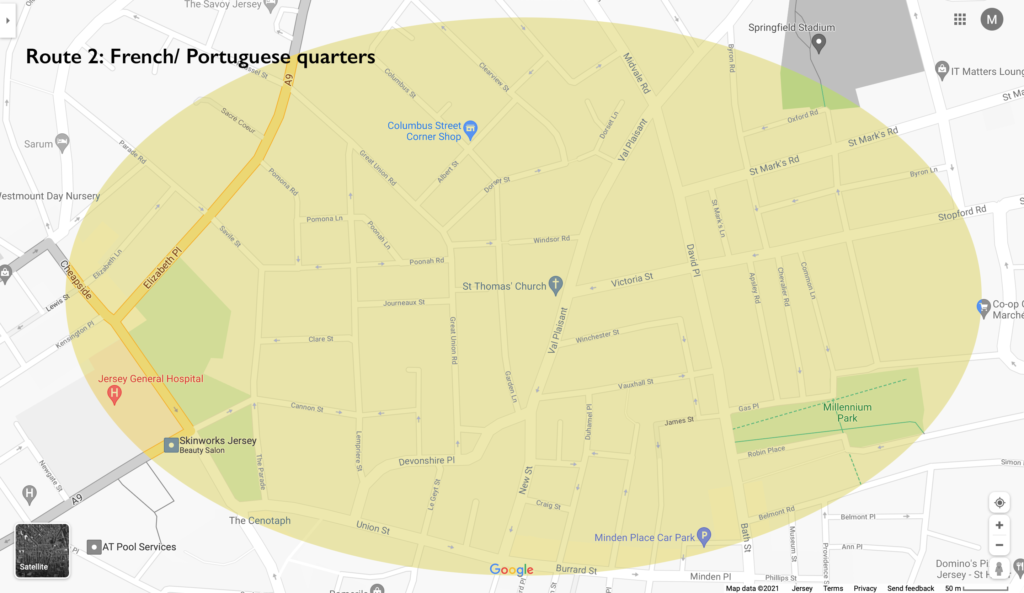
Route 3: British expats/ wealthy residents (Rouge Boullion) > from Royal Sg walk towards Weighbridge, Wharf St, Commercial St, Castle St, Seale St > past SH Town Hall, The Parade, Cheapside + side streets, Kensigton Pl, Lewis St, Elizabeth Lane towards St John’s Rd, Roussel St/ Mews, Queen’s Rd, Lower King’s Cliffe, Almorah Crescent, Clos de Paradise, La Pouquelaye, Victoria Cres, Clarendon Rd towards St Thomas Church and follow Route 2 in reverse.

IMAGES: explore the following
Your task is to tell a story in a series of images about an area of St Helier with historical or contemporary links with migrant communities. Here are some guidelines and suggestions.
A sense of place > location, site, environment, residential area, communal park, architecture and details, Interior of church, community center, house or home.



Will Lakeman: Social Housing. An ongoing project to document Jersey’s social housing buildings. I lived in one of these with my mum and brother in the mid 90s. It was cheaper, warmer and had better noise insulation than anywhere I’ve lived since – and helped instil in me a lifelong respect for concrete buildings.


Ernest Baudoux (1828-1897) was originally from France and worked in Jersey from 1869 at 11 Craig Street and 51½, 56 and 59 New Street. In 1885 he was joined in business by his son, but two years later they sold out to John Stroud, a young photographer from London, who in turn sold his business, including many of Baudoux’s glass-plate negatives, to Albert Smith. Some of these photographs have been attributed incorrectly to Smith and the Photographic Archive of La Société Jersiaise have a project under way to attempt to correctly identify who took each of the 3000-plus images in their collection attributed to Smith.
There are 1385 photographs by Baudoux available on line from the Société’s archive.
Character of community > street scene, decisive moment, staging or performing for the camera.


Here is a link to an entry for Percival Dunham considered Jersey first photojournalist for a very brief period in 1913 and 1914, when he worked for Jersey Illustrated Weekly and then the Morning News, the main competitor for many years for the Evening Post (now the Jersey Evening Post and the island’s only daily newspaper for over half a century). Try and identity individual images as above from a selection of prints from the Societe Jersiaise Photographic Archive that holds over 1000 images by Percival Dunham in their collection.
People and portraiture > You much attempt to make at least 3 good portraits; observed, formal or environmental. For example, a resident outside his/her house/apartment block, shop/ business owner, street portrait/ passer-by. Also consider photographing a couple or make a group portrait


Doug DuBois: My Last Days of Seventeen
The title, “My last day at Seventeen,” was first uttered by Eirn while I was taking her photograph in her parents’ back garden on the eve of her 18th birthday. Although Eirn argues her remark was more properly phrased, “ it’s my last day as seventeen” the sentiment is the same: there is a time in everyone’s life where the freedom and promise of childhood are lost to the coming of age and experience. The process can be gradual or abrupt; it can begin at age 18, 12 or 40.
The photographs were made over a five year period in the town of Cobh, County Cork in Ireland. I came to Cobh at the invitation of the Sirius Arts Centre in the summer of 2009. Ireland had just begun its sharp decline from the boom years of the Celtic Tiger. I spent my days trying to ingratiate myself with contractors to gain access to building sites that lay abandoned throughout the Irish countryside. I got nowhere.
Dana Lixenberg: Imperial Courts
Imperial Courts, 1993-2015 is a project by photographer Dana Lixenberg about Imperial Courts, a social housing project in Watts, Los Angeles. The project contains work made over a period of 22 years and consists of a book, exhibition and web documentary. Look at the website which include all her photographs and video interviews.


Imperial Courts subtly addresses issues of inequality and injustice while avoiding stereotypical representation. Using multiple platforms, from silver gelatin prints, a carefully edited publication, video installation, and an online web documentary, the project serves as an evocative record of the passage of time in an underserved community. The power of Lixenberg’s work can be found in the intimacy, compassion and quiet confidence of her images, and of the individuals we meet through the series. Read interview here with Dana Lixenberg in the Guardian newspaper
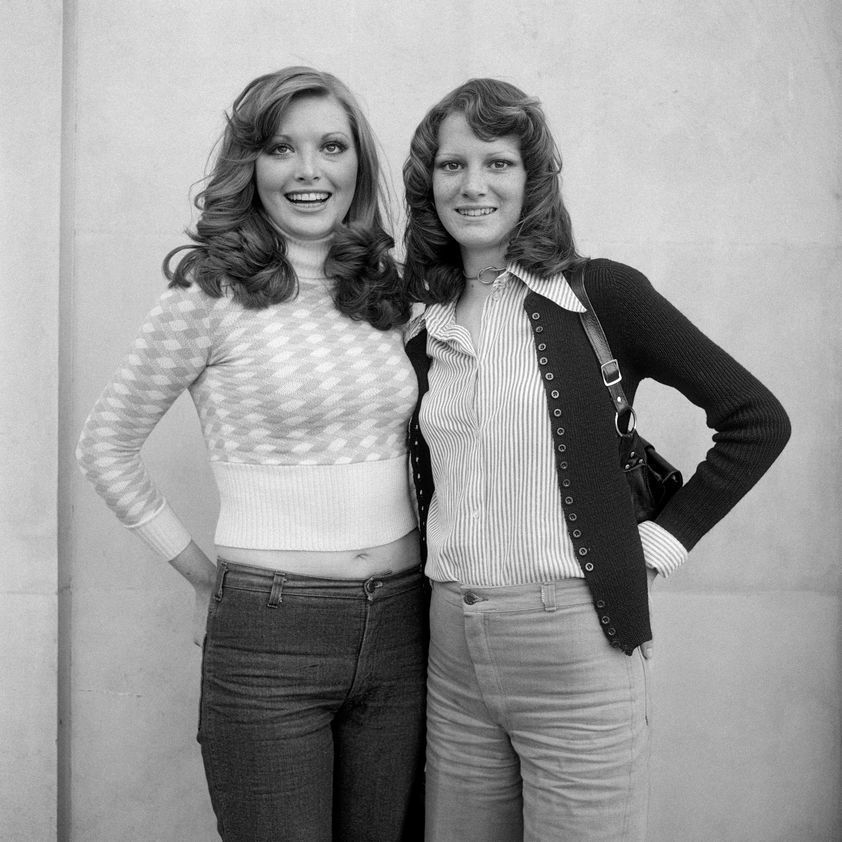
Daniel Meadows: Middle England, 1973-79
Read Fieldwork a study on Daniel Meadows by curator and academic Val Williams.



Niall McDiarmid’s striking street portraits show off the best of London’s changing population—in all its colorful dynamism and growing diversity. Read full interview here with McDiarmid.
Above is a link to a unique conversation between British photographers Niall McDiarmid and Daniel Meadows during the final stages of preparing for Niall’s ‘Town to Town’ exhibition at The Martin Parr Foundation in Bristol, UK from 31 January – 12 May 2018.
4. ARTISTS INSPIRATIONS
As well as those listed above, below are a selection of other photographers who are storytellers within a documentary practice and making work about a specific community.
RESEARCH > ANALYSIS: For inspiration select at least two artists references, one from SJ Photo-Archive and one contemporary photographer. Explore discuss, describe and explain key examples from their work on portraiture done in Jersey. Compare and contrast their approaches , outcomes and follow these steps:
1. Produce a mood board with a selection of images and write an overview of their work, style and approach to portraiture.
2. Select at least one image from each photographer and analyse in depth using methodology of TECHNICAL>VISUAL>CONTEXTUAL>CONCEPTUAL
3. Incorporate quotes and comments from artist themselves or others (art critics, art historians, curators, writers, journalists etc) using a variety of sources such as Youtube, online articles, reviews, text, books etc.
4. Make sure you reference sources and embed links to the above sources in your blog post.
5. Plan 3 photographic shoots and responses that links with Photo-Assignment 1: Migrant communities of St Helier
Rob Hornstra and writer Arnold van Bruggen spend five years working in the Sochi Region where the 2014 Winter Olympics where held. Here is a link to The Sochi Project
LaToya Ruby Frazier (The Notion of Family); In this, her first book, LaToya Ruby Frazier (born 1982) offers an incisive exploration of the legacy of racism and economic decline in America’s small towns, as embodied by Braddock, Pennsylvania, Frazier’s hometown. The work also considers the impact of that decline on the community and on her family, creating a statement both personal and truly political
An interview with Alec Soth and Aaron Schumann. Link to his website
Alec Soth (Sleeping by the Mississippi, Niagara, Broken Manual, Songbook), Rob Hornstra (The Sochi Project), Chris Killip (Isle of Man: A book about the Manx), Mark Power (The Shipping Forecast), Martin Parr (The last Resort), Lars Tunbjork (Country besides itself), Oliver Chanarin and Adam Broomberg (Ghetto), Stephen Gill (Hackney Wick), David Goldblatt (In Boksburg), Josef Koudelka (Gypsies), Robert Frank (the Americans), Bruce Davidson (East 100th Street, Central Park, Subway), Esko Manniko (The Female Pike), Mary Ellen Mark (Ward 81, Falklands Road), Ken Schles (Nightwalk), Tom Wood (Bus Odessey, All Zones off Peak), George Georgiou (The Last Stop), Robert Adams (The New West), Lewis Baltz (The new Industrial Parks Near Irvine), John Divola (Three Acts), Gary Winogrand (the Animals), Sebastio Salgado (Workers), W.Eugene Smith, Anders Petersen (Cafe Lehmitz), J.H Engstroem (From Back Home – together with Anders Pedersen), Jon Tonks (Empire), Ken Grant (Flock), Vanessa Winship (Schoolgirls, She Dances on Jackson, Black Sea), Lauren Greenfield (Fast Forward, Girl Culture), Ricardo Cases (Paloma al aire), Heikki Kaski (Tranquility), Robert Clayton (Estate), Jason Wilde (Silly Arse Broke It, Guernsey Residency, Estuatry English), Tom Hunter (Le Crowbar), Valerio Spada (Gomorrah Girl), Pieter Hugo (Permanent Error, Nollywood), Alejandro Cartegena (Carpoolers), Janet Delaney (South of Market), Martin Gregg (Midlands) , Lorenzo Vitturi (Dalston Anatomy)
Look up also Picture Agencies/ Photo Collectives:
Sputnik Photos, Document Scotland, A Fine Beginning (Welsh Photo collective), Magnum Photos, Institute, Agence VU, Panos Pictures, World Press Photo
Week 4-6: 28 June – 15 July
Practice: Zine-lab
Theory: Origins of photography
Deadline: Complete Task: 5 – 8 by 15 July
5. INDEPENDENT STUDY: HOMEWORK
Essay: Archives + Origin of Photography
DEADLINE: Mon 12 July
ARCHIVES: We will begin this journey with a visit to the Société Jersiaise Photographic Archive on Mon 28 June which contains over 100,000 items dating from the mid-1840s to the present day and is the principal Jersey collection of nineteenth and early twentieth century photograph. Archives can be a rich source for finding starting points on your creative journey. This will strengthen your research and lead towards discoveries about the past that will inform the way you interpret the present and anticipate the future.
At the Societe Jersiaise we will learn about some of the earliest photographic experiments used in capturing images such as daguerreotypes and calotypes in 1839 when photography was invented as a method of recording and fixing light and shadows to produce a recognisable image. In addition we will explore early colour processes in photography like Autochromes and other images held in their collections and use them to construct visual narratives. We will also be reading Jersey’s oldest newspaper in French, Les Chronique de Jersey to learn about life in the island in 19th century, and how this information can help you inform your own impressions of life and society in the past as well as provide you with creative starting points for your own photographic projects.
To show knowledge and understanding of your experience day at the SJ Photo-Archive you need to write an essay. Follow link and instructions here:
SJ Photo-Archive – historical context
Henry Mullins
William Collie
Ernest Baudoux
Clarence P Ouless
Francis Foot
Charles Hugo
Edwin Dale
Archisle – contemporary approach
Michelle Sank: Insula
Martin Parr: Liberation
Yury Toroptsov: Fairyland
Martin Toft: Atlantus, Masterplan and Becque a Barbe

Michelle Sank: Insula 
Yury Toroptsov: Fairyland 
Martin Parr: Liberation 
Martin Toft: Atlantus 
Martin Toft: Masterplan
6. NARRATIVE & SEQUENCING
Week 4: 28 June – 4 July
6. NARRATIVE & SEQUENCING
Complete the following blog posts
This term we will slowly begin to focus our attention on narrative in photography before continuing to explore visual storytelling more in-depth in the new academic term in the autumn as apart of our project on IDENTITY & COMMUNITY.
In our final year of A-level photography we will study how different narrative structures can be used to tell stories from looking at the origin of photo essays in photojournalism to contemporary photography as well as cinema and literature.
The aim is to produce a 16 page photo-zine in InDesign before the summer based around the images you have produced from visiting different migrant communities and residential areas in St Helier.

NARRATIVE is essentially the way a story is told. For example you can tell different narratives of the same story. It is a very subjective process and there is no right or wrong. Whether or not your photographic story is any good is another matter.
Narrative is constructed when you begin to create relationships between images (and/or text) and present more than two images together. Your selection of images (editing) and the order of how these images appear on the pages (sequencing) contributes significantly to the construction of the narrative. So too, does the structure and design of the photo-zine. However, it is essential that you identity what your story is first before considering how you wish to tell it.
In order for you to understand better how narrative works in photography let’s consider the differences between narrative and story when making a photo-zine. For a more in-depth understanding of NARRATIVE and PHOTOGRAPHY go to blog post below.
Once you have considered the points made between the differences in narrative and story, write the following:
STORY: What is your migrant community story?
Describe in:
- 3 words
- A sentence
- A paragraph
NARRATIVE: How will you tell your story?
- Images > new photographic responses, photo-shoots
- Archives > images from SJ photo-archive, family album, mobile
- Texts > letters, documents, poems, text messages
AUDIENCE: Who is it for?
Most image makers tend to overlook the experience of the viewer. Considering who your audience is and how they may engage with your photo-zine is important factor when you are designing/ making it.
- Reflect and comment on this in your specification (age group, demographic, social/ cultural background etc.
EDITING: Upload and process images from all your St Helier photo-shoots in relation to PHOTO-ASSIGNMENT 1 using Lightroom.
Here are instructions on how to use, if necessary: LIGHTROOM-CHECKLISTDOWNLOAD
- Make a rough edit of 8–10 images from each shoot, both colour and b&w, remember to crop for emphasis, if needed.
- Produce a blog post where you evaluate your first edit of images, reflect on what story you are trying to communicate and how you can improve and develop your narrative.
- Edit 20-30 images down to an ordered series of 12-16 images.
SEQUENCING: Print your final set of 12-16 images as small work prints using print Microsoft wizard (4 images per page, 9x13cm) to HAU12PS01/Photography (Laserjet printer in class). Cut images using guillotine and layout on table and begin to sequence them to construct a narrative. Consider the following:
- Think about your theme or story.
Think about start, middle and end images. - Which images are major (establishing shots, full page, double page), and minor (portrait, detail shots, small images, multiple images on the page etc.)
- Think about visual relationship between images and their juxtaposition e.g colour, shapes, subject, repetition, landscape, portrait, objects, details etc.
- What happens or changes over the series of images?
- Are you using your best images?
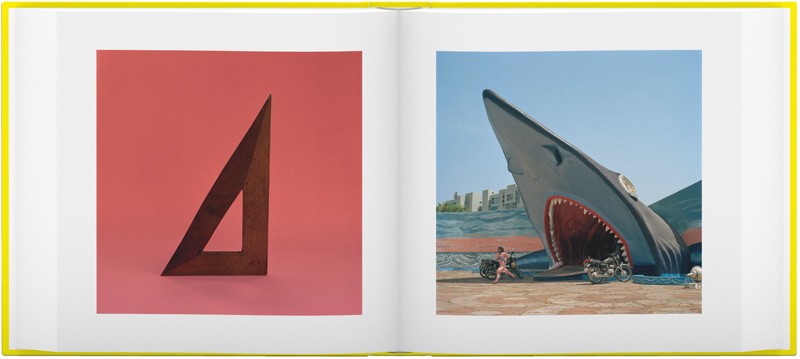
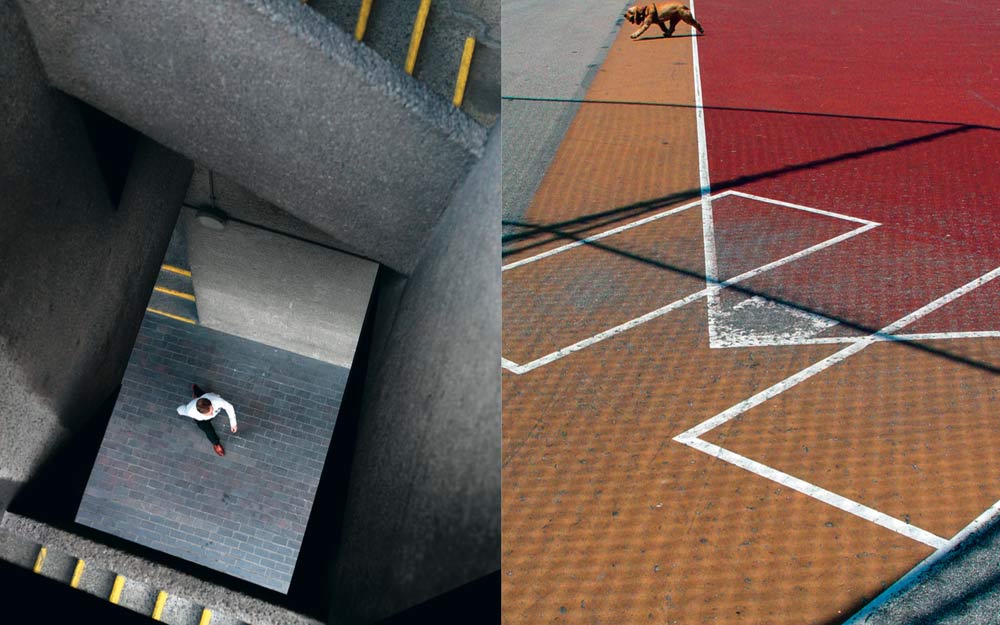
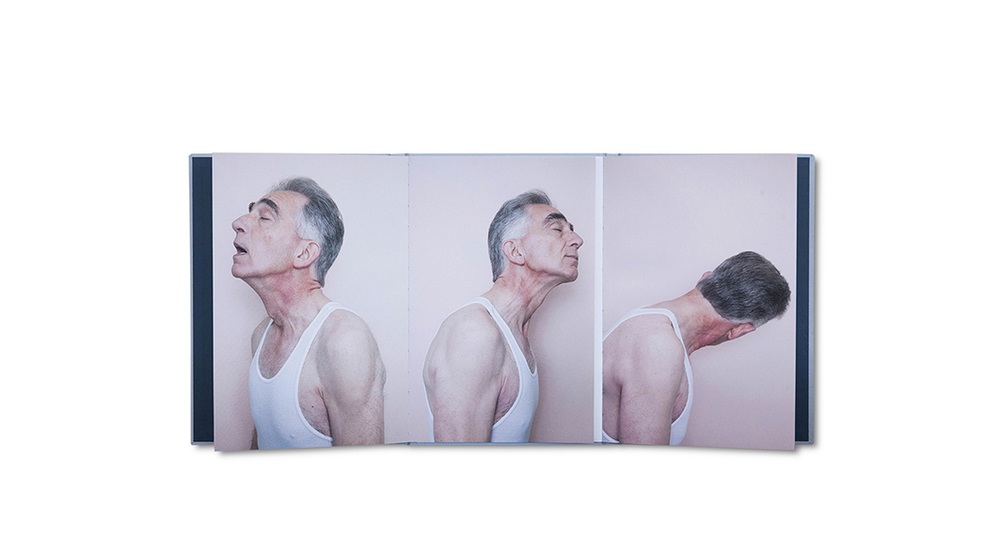
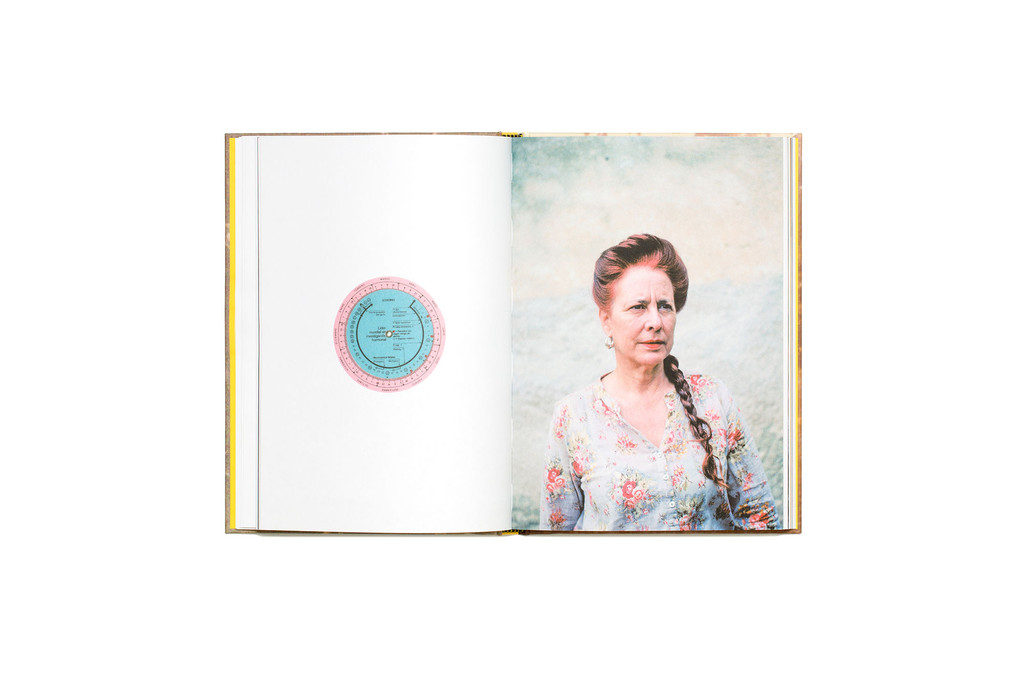
7. DESIGN & LAYOUT
Week 5: 5 – 11 July
7. DESIGN & LAYOUT
Complete the following blog posts
RESEARCH > ANALYSIS: Research zines and newspaper design made by artists and photographer that will provide visual stimulus for your page design. Produce a mood board and consider the following in your analysis:
- How you want your design to look and feel
- Format, size and orientation
- Narrative and visual concept
- Design and layout
- Rhythm and sequencing
- Images and text
- Title and captions
InDesign
Create new document
width: 148mm
height: 210
pages: 16
orientation: portrait
columns:2
column gutter: 5mm
margins: top, bottom, inside, outside: 10mm
bleed: top, bottom, inside, outside: 3mm

Something to read:https://www.thephoblographer.com/2017/05/05/why-photographers-should-create-zines/embed/#?secret=HLIkCUn4ku
Café Royal Books is a small independent publisher of photography photobooks or zines, and sometimes drawing, solely run by Craig Atkinson and based in Southport, England. Café Royal Books produces small-run publications predominantly documenting social, historical and architectural change, often in Britain, using both new work and photographs from archives. It has been operating since 2005 and by mid 2014 had published about 200 books and zines and they are held in major public collections
https://www.caferoyalbooks.com/

Editions Bessard is a paris-based independent publishing house created by pierre bessard in 2011. Focusing on working with artists, writers and curators to realise intellectually challenging projects in book form.


The new imprint Éditions Emile is named in honour of Emile F. Guiton, the founding father of the The Société Jersiaise Photographic Archive. The first set of publications is a series of small photo-zines comprising of 48 pages with an average of 30-40 images and a short text providing further context. With plans to publish three editions annually, each issue of ED.EM. will take a fresh look at a specific collection within the archive, by pairing it with either another collection or contemporary work, in order to re-contextualise the images, keeping the collections active and relevant for new audiences both in the island and beyond.
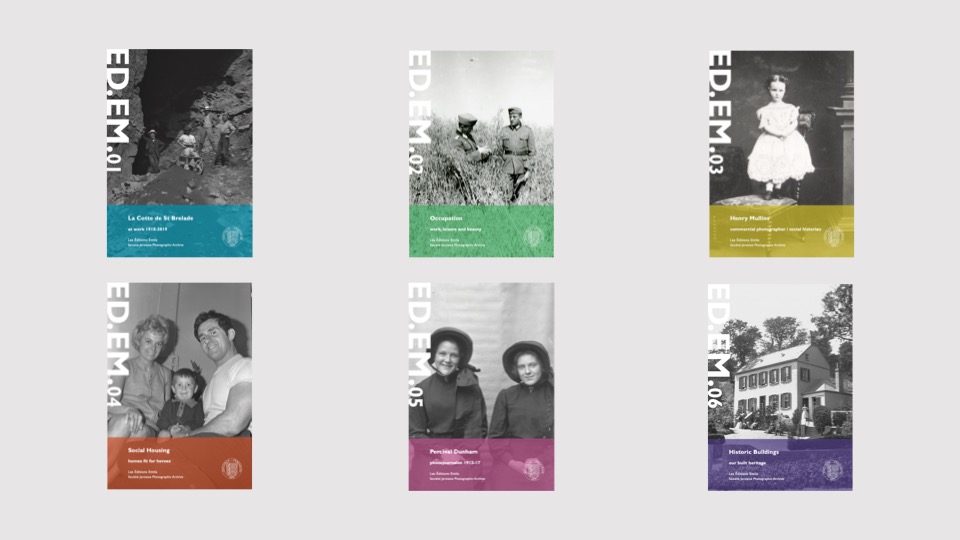
EXPERIMENTING > DESIGNING: Show variation of designs
- Create 2-3 examples of alternative layouts for your photo-zine using Adobe InDesign and complete a visual blog post that clearly shows your decision making and design process using screen-prints.
- Make sure you annotate!
See examples of previous students blog charting his zine design process, here.
https://hautlieucreative.co.uk/photo20al/wp-admin/post.php?post=31481&action=edit
Week 6: 12 – 15 July
8. PRINT & PRESENT
Complete the following blog posts
8. PRINT & PRESENT
PRESENTATION > EVALUATION: Print, fold and bind final photo-zine and hand in for assessment.
Write an overall final evaluation (250-300 words) that explain in some detail how successfully you explored the first part of the IDENTITY & COMMUNITY project. Consider the following:
- Did you realise your intentions?
- What did you learn?
- Zine; including any contextual references, links and inspiration between your final design and theme, incl artists references.
